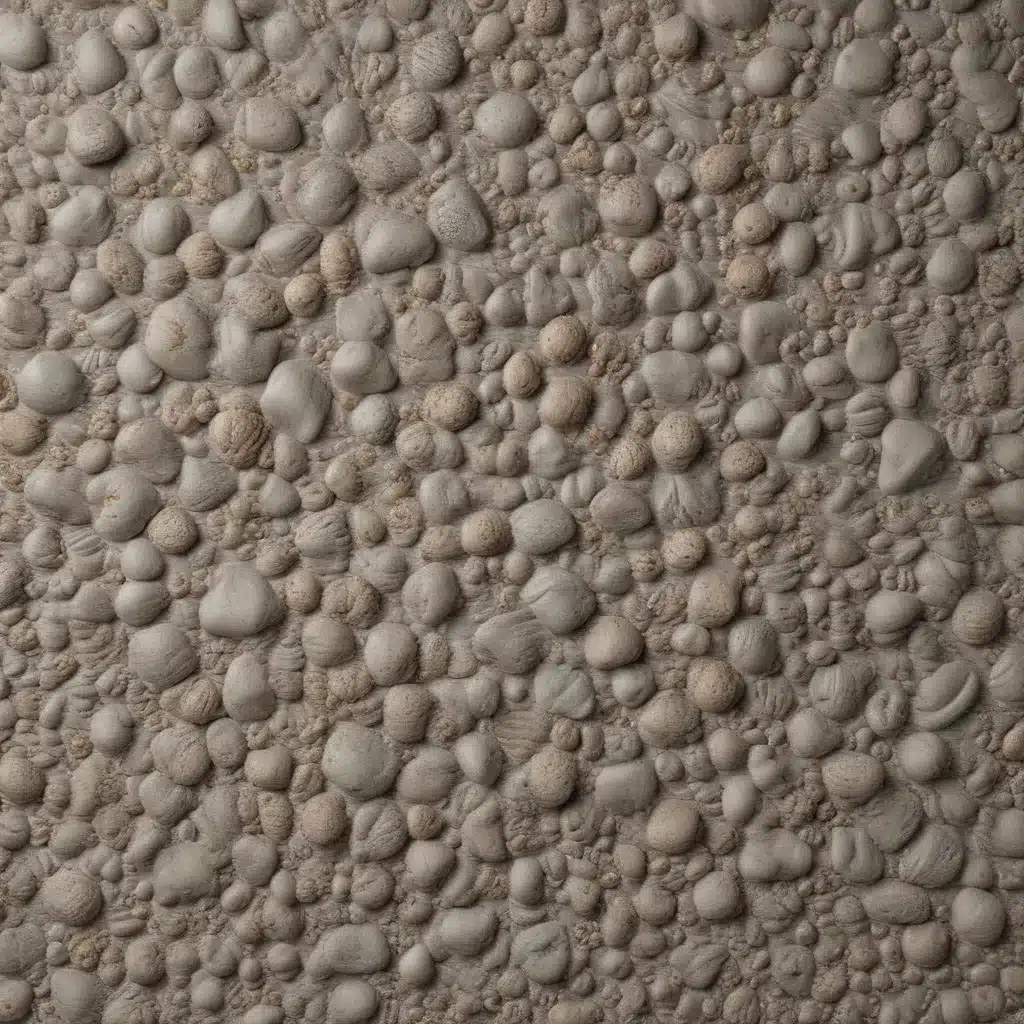
Elevating Interiors through the Power of Texture
Texture is a fundamental element in interior design that holds the power to transform ordinary spaces into captivating realms of sensory delight. From the smooth, sleek allure of polished surfaces to the cozy, inviting embrace of plush fabrics, textured finishes can elevate the aesthetic and emotional appeal of any environment.
In the world of interior design, incorporating tactile materials is akin to adding layers of intrigue and allure to a room. These finishes not only create a visual feast for the eyes but also evoke a range of emotions and sensations, engaging our senses on a deeper level. By harnessing the transformative potential of textured elements, designers can craft spaces that captivate, inspire, and immerse the occupants.
Exploring the Realms of Visual and Tactile Texture
To truly appreciate the impact of textured finishes, it’s essential to understand the nuances between visual and tactile texture. Visual texture refers to the perception of texture through sight, achieved through patterns, motifs, or the illusion of texture created by artistic techniques. This type of texture adds visual interest and complexity to surfaces, creating a sense of depth and richness.
Tactile texture, on the other hand, refers to the physical quality of a surface that can be felt through touch. It encompasses the tactile sensations and feedback we experience when interacting with different materials. Tactile texture creates a sensory experience and can evoke emotions or convey a specific ambiance.
| Visual Texture | Tactile Texture |
|---|---|
| Perceived through sight | Experienced through touch |
| Achieved through patterns, motifs, and artistic techniques | Determined by the physical properties of materials |
| Adds visual interest and depth | Creates a sensory experience and conveys emotion |
Both visual and tactile textures play crucial roles in enhancing the overall aesthetic appeal and creating immersive experiences in interior design. By strategically incorporating these textural elements, designers can craft spaces that captivate the senses and evoke specific emotional responses.
The Psychological Impact of Texture
Texture has a profound psychological impact on how we perceive and interact with our environment. Rough textures may evoke a sense of coziness or rustic charm, while smooth textures can convey elegance or modernity. Texture can also influence our mood, with soft textures promoting relaxation and comfort, and sharp textures evoking energy and stimulation.
Understanding the various facets of texture allows designers to harness its power to create visually captivating and emotionally engaging spaces. By carefully selecting and layering textured materials, they can craft environments that resonate with the occupants, fostering a sense of connection and providing a tactile, sensory-rich experience.
Incorporating Textured Finishes: Walls, Floors, and Furnishings
When it comes to incorporating textured finishes, there are countless opportunities to unleash your creativity and transform the aesthetic and functional appeal of your spaces.
Walls and Ceilings
Walls and ceilings offer a prime canvas for textured finishes, allowing you to create captivating focal points and add depth to your interior. Explore options such as:
- Textured Paint Techniques: Techniques like stippling, sponging, or ragging can transform flat walls into visually engaging surfaces.
- Textured Wallpaper: Embrace wallpapers with embossed patterns, raised textures, or natural fiber weaves for a tactile effect.
- Textured Panels or Tiles: Architectural elements like 3D tiles or textured wood or stone panels can add a sense of depth and intrigue.
Flooring
Flooring serves as the foundation of any interior, and incorporating textured finishes can elevate your space to new heights of style and functionality. Textured flooring options, such as:
- Hardwood, Laminate, or Tile: Surfaces with natural grains, patterns, or subtle undulations can bring a tactile element to your space.
- Area Rugs: Layering textured rugs with diverse patterns, fibers, and pile heights can enhance the overall sensory experience.
Furniture and Upholstery
Incorporating textured finishes in furniture and upholstery can make a significant impact on the overall aesthetic of your space. By choosing furniture pieces with textured surfaces, incorporating upholstery with texture, and mixing and matching different textures, you can create a visually stunning and dynamic look.
- Textured Upholstery: Plush velvets, nubby bouclés, or woven jacquards can add a tactile layer of comfort and visual intrigue.
- Mixing Textures: Combining smooth, sleek surfaces with rough, natural textures can create a harmonious and visually captivating interplay.
Depth and Dimensionality: Layering Textures for a Captivating Look
Creating depth and dimensionality with textured finishes involves strategically layering different textures to add visual interest and engage the senses. By combining various textured elements, such as textured walls, patterned rugs, or textured furniture, designers can craft spaces that are both visually stunning and emotionally resonant.
Thoughtful placement of lighting can further enhance the depth and dimensionality of textured surfaces, allowing shadows and highlights to accentuate the interplay of light and shadow. This interplay adds a sense of depth and dynamism, transforming the space into a captivating, multidimensional environment.
Embracing the Sensory Experience: Texture as a Design Superpower
Texture and depth have the remarkable ability to transform a mundane space into a captivating masterpiece, stimulating the senses and leaving a lasting impression. By embracing textured walls, flooring, furniture, and accessories, you can elevate your space to new heights of elegance and sophistication.
The strategic layering of textures, along with the interplay of light and shadow, creates a multi-dimensional environment that engages and enchants. Textured finishes invite touch, evoking a tactile experience that goes beyond the purely visual, forging a deeper connection between the occupants and their surroundings.
So, unleash your creativity, experiment with different textures, and let your space come alive with a rich and alluring look. Embrace the power of texture and depth, and watch as your design aspirations turn into a breathtaking reality.
To learn more about incorporating tactile elements into your next project, explore the resources available on LocalBuilderLondon.co.uk. Our team of experienced construction professionals and interior designers is dedicated to providing practical tips, in-depth insights, and sustainable solutions to elevate your living and working spaces.


